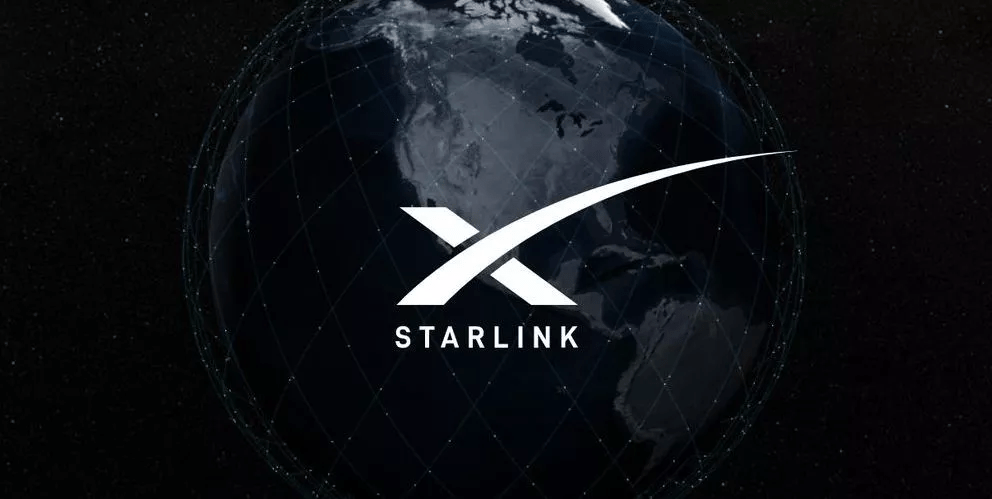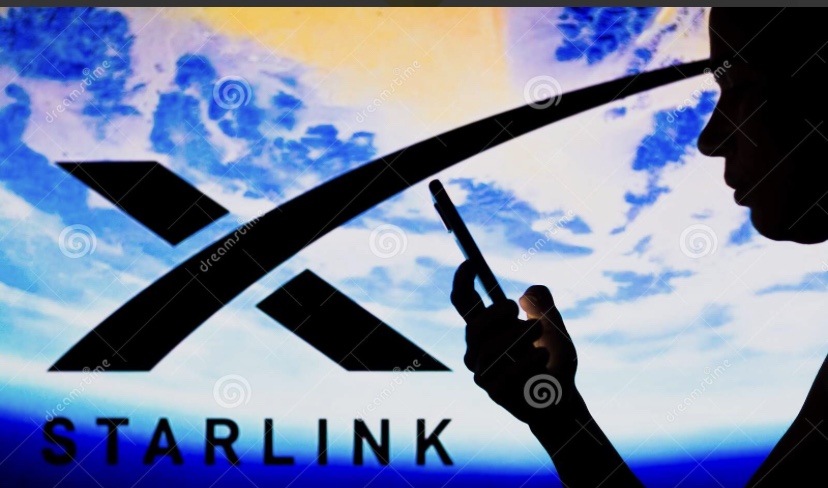Did you know that around 2,200 satellites are already looking at us? Just the way in which the stars and planets look at us from very far? You may not see them, but they are always watching you. And this number is set to increase to 12,000 and further, up to 42,000!!! And mind-you, they are not as far as the “real” stars. They are near to the earths surface and they are “in-communication” with each-other. They are 550 Kms from earths surface, which is called as “low-earth orbit”.

Welcome to this technological miracle developed by Space-X, the Elon Musk’s aerospace company. This is called as Starlink Mission, which started in May 2019. Each satellite is called as a star and this group of stars form a constellation. These satellite constellations have connected more than 32 countries, so far, which have poorest internet access, otherwise, sheerly due to their geographical location and economical status. Thereby, Starlink has connected the entire world to each-other, well.. almost! Every Star in this constellation comprises of the following technical modules
1. Antenna arrays
2. Solar arrays
3. Ion propulsion system
4. Navigation sensors
5. Debris-detection and collision-avoidance mechanism
6. Laser-based internal communication system
When we (a normal user, using his/her cell phone or computer) send a request for internet access (for google browsing/shopping/calling a friend / watching movie / banking etc), depending upon our location, using the antenna structures, one of the star satellites will receive the Internet signal and understand its final destination (depending upon the receiver address). Further, using laser-based internal communication system, it identifies the destination satellite, which is closest to the destination user. The communication of next leg is done by that satellite and destination user gets the data transferred. This communication, which happens within the constellation itself, does not require the signal to transfer back-and-forth onto the earths ground station satellite (which was the traditional way of signal transfer in conventional satellite communication, i.e. 3 geo-synchronous satellites). This reduces the delay tremendously and hence the latency is minimal, and the speed is very high.
There are a series of mega-constellation also, which are the satellites moving in the higher orbits, again, mostly launched by SpaceX / NASA. The Starlink satellites are always in touch with about 4 such mega-constellation satellites, at any given time.
Let us see what are the functions of the main components in these satellites:
- The phased array antenna allows huge data transfers in minimal time and since these satellites are located much above the earths surface, they can reach remotest location of the earth, where, otherwise the signal cannot reach (This is just like a man on the top of a watch-tower can see the farthest).
- The in-built navigation sensors are used to identify the exact coordinates of the location of internet users and optimal identification of nearest star-satellite for target receiver.
- The ion thrusters allow the satellites to move in orbit, maneuver in space and also de-orbit during their end-of-life. The satellites are equipped with krypton-fueled Hall thrusters which allow them to de-orbit at the end of their life.
- The debris-tracking system helps the star to avoid collision with other space objects, thereby securing their safety. The satellites are designed to autonomously avoid collisions based on uplinked tracking data.
Difference between SpaceX technology for Mars Mission v.s. Starlink in terms of re-entry strategy is very interesting l!!
Following concepts have rapidly evolved, world-wide, due to multiple satellite programmes, missile programs and advanced data communications:
- Laser-guided communication
- Concept of Ion Thrusters for propulsion
- Communication with higher constellation orbit satellites
We will understand all these technologies, one-by-one, in upcoming blogs. At this stage, I would just say:
The way in which data communication is taking over every human, exploiting the human hunger towards Internet facility (not only for entertainment, but also for e-commerce and industrialization-cum-globalization), we are giving away every inch of our privacy to these stars who are constantly looking at us!! Imagine the power of these stars!! Imagine the amount of data these satellites are collecting and storing.
On another note, we do understand the Starlink programe because it is created by us, the humans. However, think of those actual stars which are also continuously looking at every spec on the earth’s surface. Are they doing anything which we do not understand? Let us also recall that the ancient Indian Pandits have told us that the stars and planets in the universe actually rule our lives, and decide our future in some mystic way…
Just as a common man in any country is innocent about the way in which his/her cellphone is catching the signals, are we (all humans) ignorant about some facts/missions of the “real” stars and planets in this universe?

What do the “real” and “unreal” stars and the planets doing there (wherever they are!!)? Are we “subjects” to them? Are these stars and planets also reading us and who are “we” in this humongous universe? Not only this Blog wises to catch your attention to technological advances and the gain of absolute control of big giants over every common individual, it is also trying to struggle and understand our very existence in this vast universe.
I do not pretend to understand the last line in earlier paragraph, but the technological advances made for such missions, especially the Mars Mission and the Starlink project are phenomenal. I shall unfold some of these concepts in the upcoming blogs.
There is a thick philosophical underplay to this blog, which I shall try-understand-and unfold. Everything is finally going to make sense!!! I mean, I hope so…

Looking forward to more on this!!
LikeLiked by 2 people
Sure…
LikeLiked by 1 person
Liked the mystic twist you gave at last. Something to ponder.
LikeLike
Thanks Srijeet! And yes, so many interesting questions around..!
LikeLike